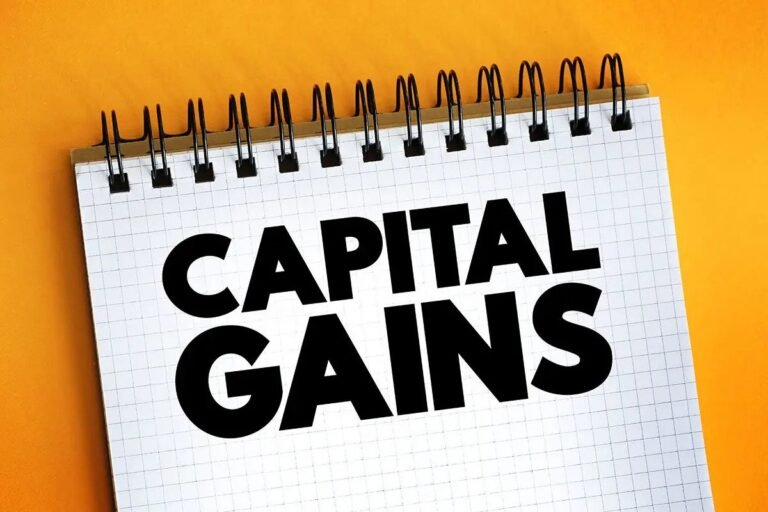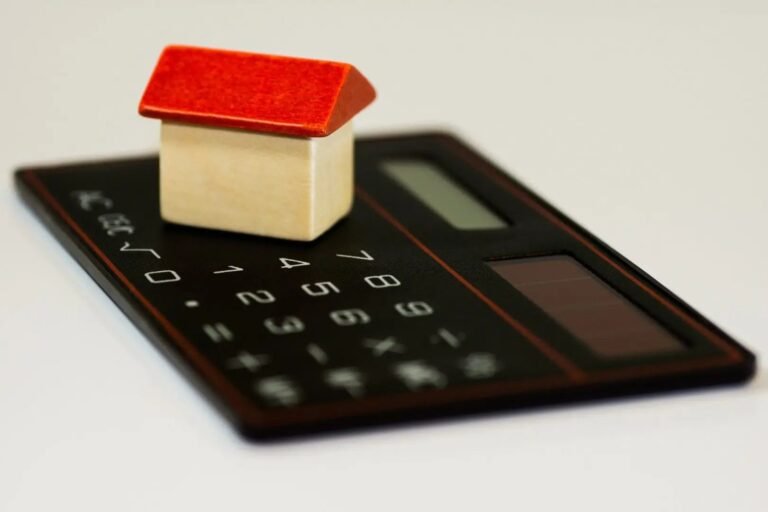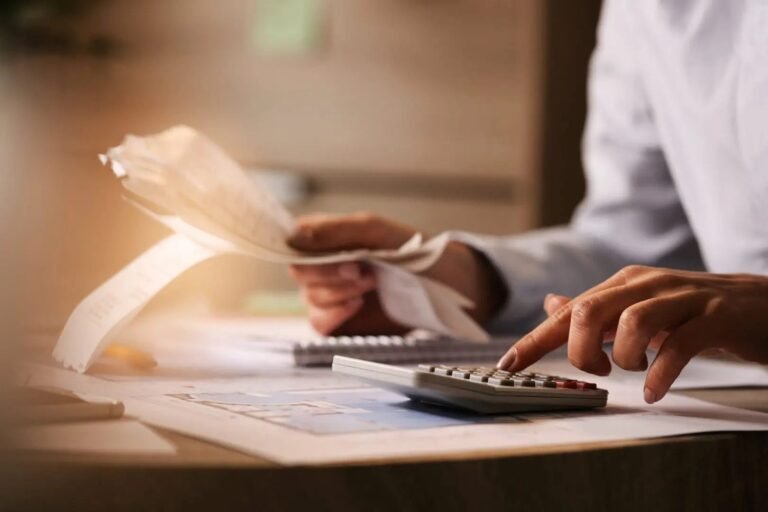The businesses using commercial building or structure can claim 3% (2% before April 2020) of the qualifying capital expenditure. This is called Structure and Building Allowance (SBA).
It is available for business for a total of “33 years and 4 months” starting from the time it is used for qualifying activity. Businesses must stop claiming SBA once building is disposed of, used for residential purpose, not used for business, or demolished.
There are other key factors to consider before you claim because the restrictive qualifying conditions and several exceptions make SBA a difficult area to understand.
Who can claim an SBA?
Businesses meeting the below criteria can claim SBA on building or structure:
- Construction had begun (and contract was agreed) on or after 29 October 2018
- The first use of the building was for non-residential purpose
- The claimant must have relevant interest in the qualifying expenditure
Additionally, the building must be used by the claimant for r qualifying activities. (CAA 2001, s.270CA, 270CB, 270CD)
Note:
- SBA is available for commercial building or structure, but not for the residential ones.
- For a building partly used for residential and partly for commercial purpose, SBA applies only on the commercial part.
- If you start using the building for residential purpose, you should stop claiming SBA.
Qualifying Expenditure for SBA
Capital expenditure incurred in commercial building qualify for SBA. It includes cost of acquiring a building as well as the cost of constructing (renovating, extending, or refurbishing) the existing building.
Note: Certain costs like the cost of purchasing land (including SDLT, legal fees, seeking planning permission) is not eligible and must be deducted from total eligible cost.
Qualifying Expenditure – Construction Cost
Cost of making a building, preparing the land for construction or demolition, renovation cost and incidental repair etc are qualified for SBA. SBA is also available on survey and design costs of a constructed building.
Costs related to land like restoring or cleaning de-contaminated or derelict land, landscaping etc do not qualify and should be excluded (unless such costs are essential before construction is carried out).
Tracking The Refurbishment or Renovation Expenditure

Capital expenditure like refurbishment or renovation must be tracked properly. Sometimes, refurbishment or renovation work starts in one year and completes in the next. No need to split cost between two periods and SBA on whole can be claimed in either of the years.
Suppose Matthew has year-end date of 31 March. Spending £20,000, he created 2 extra rooms on the terrace. The work started on 1 March 2023, and it took until 30 April 2023. For expense of £20,000, he can claim SBA either on year ending 31 March 2023 or on year ending 31 March 2024 (no need to proportion between two years).
Qualifying expenditure – Acquisition cost
Cost of purchasing a building is eligible for SBA (cost related to land must be reduced). The amount eligible depends on various factors (explained below).
Acquisition cost more than the market value
If the incurred cost on construction or price paid on acquisition is more than market value, the amount more than market value must be excluded.
Plant and machineries in the purchased building
Expenditure incurred for plant and machinery (along with fixtures and integral features) contained in the building should be excluded while calculating qualifying expenditure for SBA. Such items will be eligible for respective rates of capital allowances.
Acquisition cost excluded for SBA
Expenditure below are excluded from qualifying expenditure:
- Land related cost: The cost of purchasing land (including SDLT and legal fees) and obtaining planning permission are excluded. So, before you calculate SBA for the building you purchased, you need to deduct the amount you paid for the land.
- Other costs: Below costs on construction, conversion or renovation are also excluded from qualifying expenditure:
- Financing costs
- Capitalised interest
- The cost of a public enquiry
- Landscaping
- Marketing, promotion, agency or arrangement costs associated with the legal transfer of a relevant interest
- Costs associated with the acquisition of franchise rights or intellectual property
Claiming SBA
SBA can be claimed at 3% of qualifying expenditure. Hence claim can be made for 33.33 years. No annual investment allowance applies unlike Plant and Machinery items.
If the expenditure incurs partway through an accounting period, you can either claim in the same year (by doing time-apportionment) or start full claim from the next accounting period. Apportionment is necessary also in case of long or short accounting periods.
How to Claim Structures and Buildings Allowance?
SBA must be claimed on your tax return. You’ll need an allowance statement to be attached in your tax return (a written one if you are the first person to use the building or structure).
Is there any template of allowance statement?
No forms or templates have been prescribed. However, HMRC manual requires the following in the statement:
- address and description of the building or structure
- the date of the earliest written contract for construction
- the total qualifying costs
- the date that you started using the structure for a non-residential activity
If you buy a used structure, you can only claim the allowance only after getting a copy of the [simple_tooltip content= ‘For any extensions or renovations that were completed after you started using the structure, you can record separate construction costs on the allowance statement or create a new allowance statement.
You’ll need to keep information (like agreements, emails, meeting minutes etc) about the earliest construction contracts in your records’ allowance statement.
From When Should I Start Claiming SBA?
For initial construction or acquisition, it starts when the building is first completed and available for use. For subsequent costs, it starts whenever the expense incurs.
For example, Sam Ltd whose year ends in December, erected a commercial building for £1,000,000 in January 2022, then it cost £200,000 to divide the rooms with a wall additional for the first time in 2023 and incidental repair carried out for £100,000 in 2024. SBA claim would be:
| Year | Amount (£) | ||
|---|---|---|---|
| SBA for construction cost (3%* £1 Million) | SBA for renovation (3%* £200,000) | SBA for repair (3%* £100,000) | |
| 2022 | 30,000 | – | – |
| 2023 | 30,000 | 6,000 | – |
| 2024 | 30,000 | 6,000 | 3,000 |
SBA on Disposal of Building
Once disposed of, the entitlement to claim SBA shifts to the buyer. The buyer cannot claim for all 33.33 years but only for the remaining years.
The seller should claim SBA only for the part of the year (if disposal occurs partway through an accounting period) and full SBA if disposed at the end of the year. Then he should stop claiming for future years. Disposal also affects the capital gains of the seller.
Suppose qualifying expenditure of £100,000 was incurred by a UK company in a building on 1 January 2022. Then was disposed of on 31 May 2023. If accounting period of both seller and purchase are calendar years, claim would be:
|
Years |
Seller |
Buyer |
|---|---|---|
|
For 2022 |
£3,000 |
No Claim |
|
For 2023 |
£1,250 {3%*100,000*5/12 (January to May)} |
£1,750 {3%*100,000*7/12 (June to December)} |
|
From 2024 |
No Claim |
£3,000 per annum until 2055 (33 years counting from 2022) |
SBA on Leases
Entitlement to SBA works differently in case of leases. With regards to acquisition or initial construction cost, there might be two cases:

- If the lease is not more than 35 years, the lessor is entitled to claim SBA.
- If the lease is more than 35 years and the market value of the interest in the property retained by the lessor is less than one third of the premium paid, the lessee is entitled to claim SBA.
In case of subsequent construction costs incurred by lessee (like leasehold improvements or renovation or conversion etc), he will be entitled to SBA.
SBA at Freeport Tax Sites
When the building is situated in certain places of the UK (called freeport tax sites- FA 2021, s.113), SBA of 10% can be claimed. Such SBA can be claimed for 10 years from qualifying expenditure. The following conditions must be met for 10% SBA: (CAA 2001 s.270BNA).
- All the three events (beginning of the construction, the first use of the building and the further construction) must happen when the building is situated in freeport tax site.
- At the time the expenditure is incurred, the claimant must be within the charge to income tax or corporation tax.
- An allowance statement must state that the person wants the expenditure to be freeport qualifying expenditure.
Frequently Asked Questions
What are the common problem areas in claiming SBA?
There are few major challenges in SBA claim like record keeping, apportionment of cost etc.
Business fails to keep proper records of the costs incurred. Capital cost might keep incurring for several years. But the businesses do not keep sufficient records (like emails, invoices, estimates, reports etc). In absence of such records, it will be difficult to prove the SBA claims to be reasonable.
Similarly, businesses fail to apportion the cost accurately when the building is used for mixed purpose or when expenditure is incurred partway through the accounting period.
What is the difference between Industrial Building Allowance and SBA?
Only 3% deduction is available in SBA, but 100% deduction is possible in case of Industrial Building Allowance. But it is allowed only to companies and only for acquisition of partly completed building in Enterprise Zone. The building must be used for qualifying purpose.









